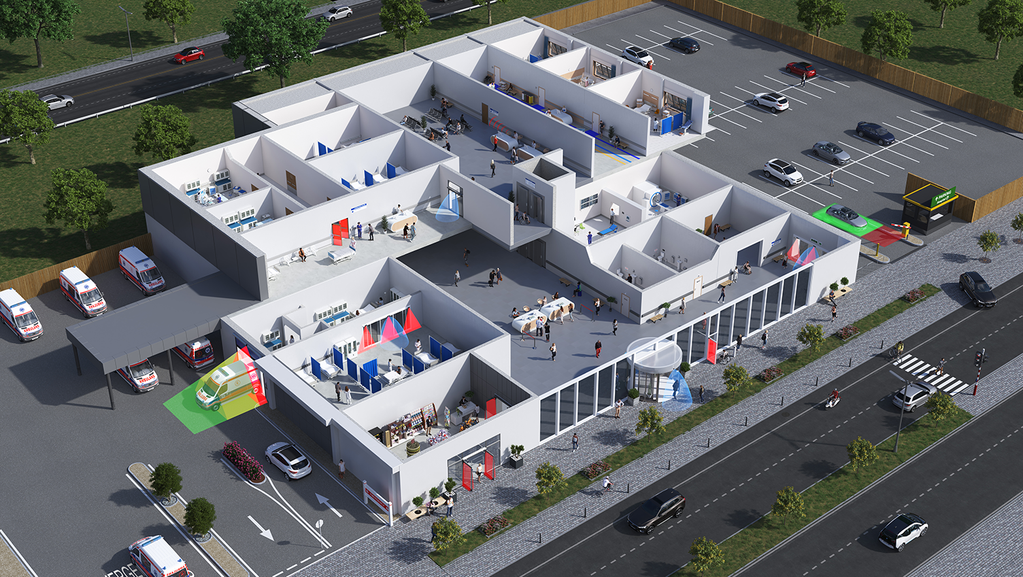
Pedestrian Entrance Sensors
Pedestrian Entrance Sensors
Doors & Windows
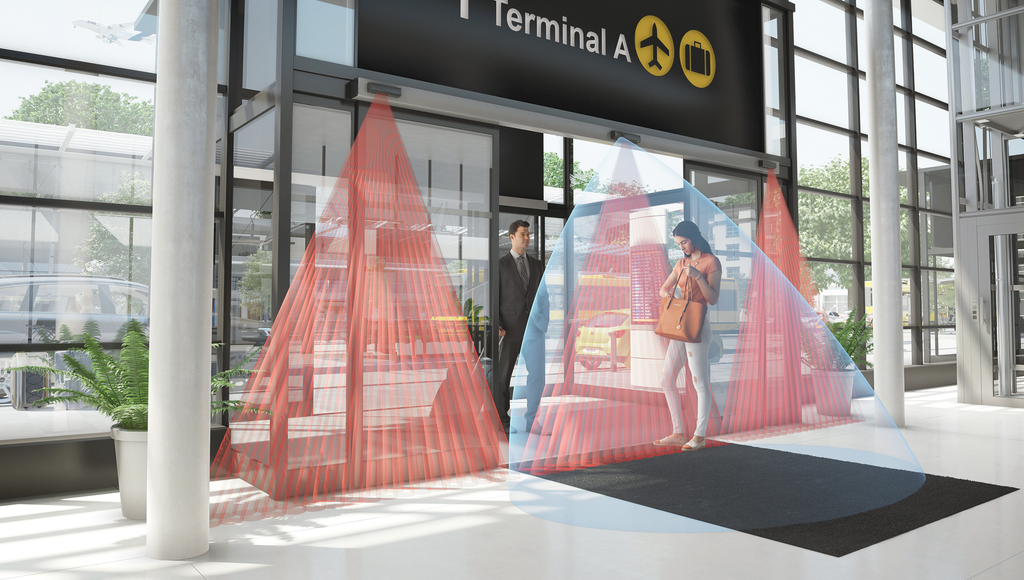
Sliding Doors
Sliding Doors are commonly found in grocery stores, airports and retail shops. The primary uses of sensors on sliding doors are to ensure safety, provide activation and enhance overall accessibility. Sliding Door sensors also help meet the ANSI 156.10 standards created to protect the people and objects passing through a door. When Sliding Doors are outfitted with BEA sensor technology, both pedestrian safety and traffic flow are maximized.
Learn more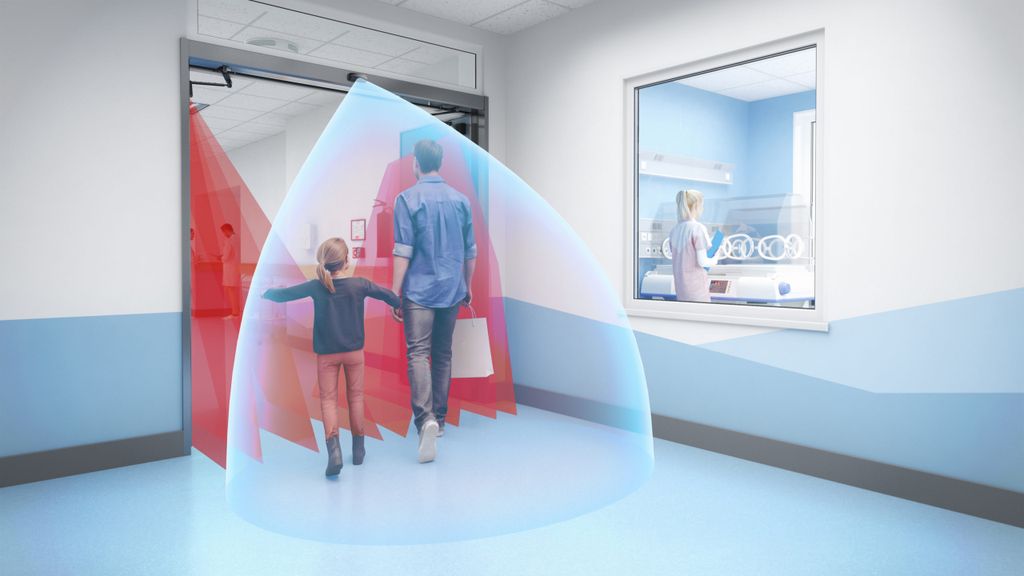
Swinging Doors
Swinging Doors are used in pedestrian and industrial settings including healthcare, retail, educational and corporate facilities. BEA’s automatic swing door sensors are used to activate and provide safety on these doors, and also help meet the applicable ANSI 156.10 standards. Swing Doors, when paired with BEA sensors, can be customized to fit a variety of full-energy and low-energy applications.
Click the button below to download the ANSI 156.10 2017 Automatic Door Sensor Requirements
ANSI Automatic Door Sensor Requirements
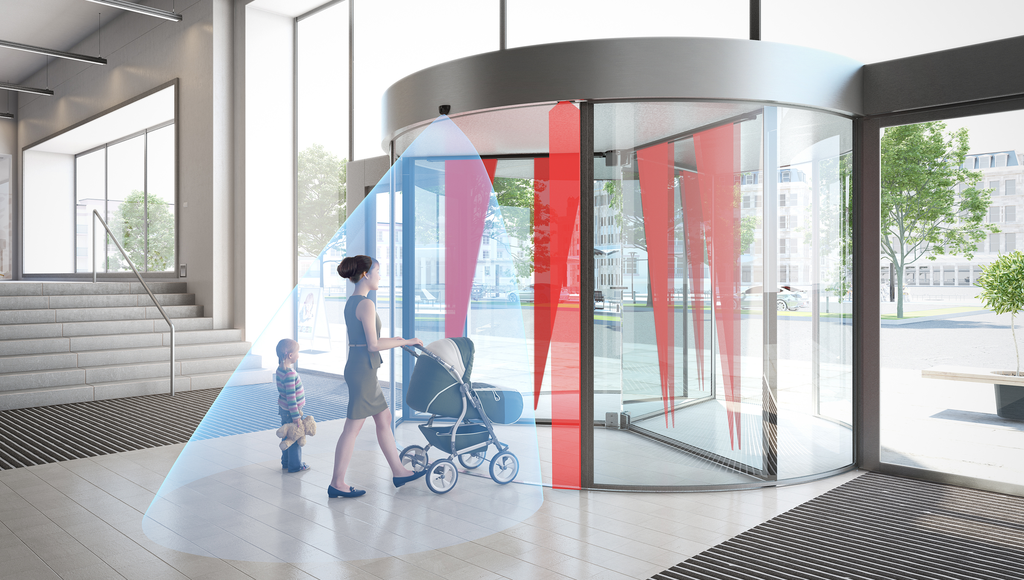
Revolving Doors
Revolving Doors, when automated, can be paired with BEA sensors to provide activation and safety for the door. Revolving Doors, with their ability to separate environments, are ideal for buildings affected by negative pressure, such as hotel lobbies or other buildings with large “atrium-type” entrances. BEA’s activation and safety sensors help keep revolving doors in compliance with key ANSI standards. The safety sensors found on Revolving Doors create “curtains” that surround the door leaf when in motion, stopping the door if a person comes in contact with the protective curtain.
Learn more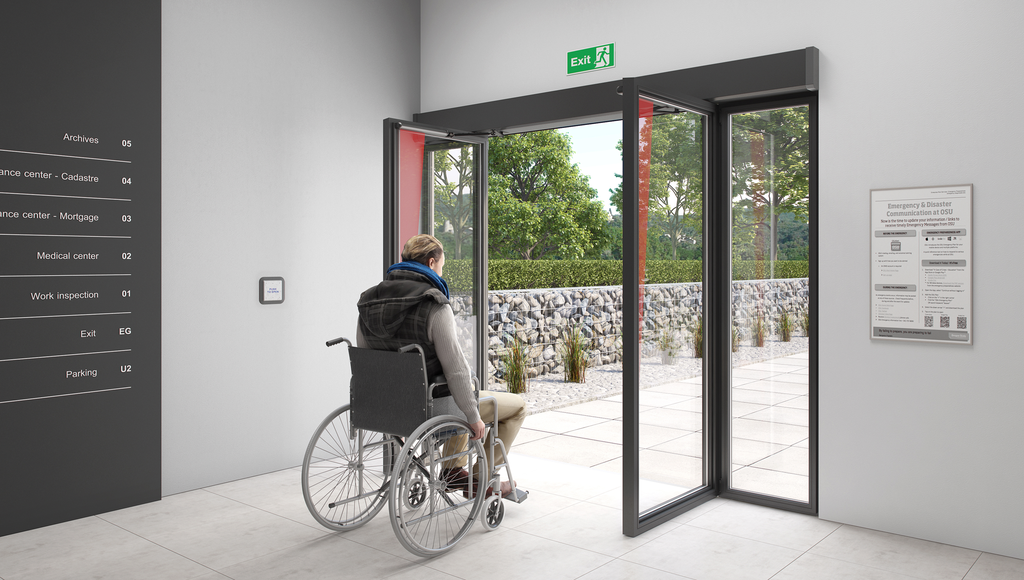
Low Energy Doors
Low Energy Doors are automatic swing doors that must be opened specifically via a Knowing Act device, such as a push plate, touchless actuator or wireless button (per ANSI standards). These doors require less kinetic energy to open and close as compared to Full Energy Doors. A benefit of Low Energy Doors is that they provide accessibility in areas where Full Energy swing doors cannot be installed due to space, accessibility or other issues. BEA offers a wide selection of safety sensors and knowing act devices that can be used for activation and safety on Low Energy Doors
Learn more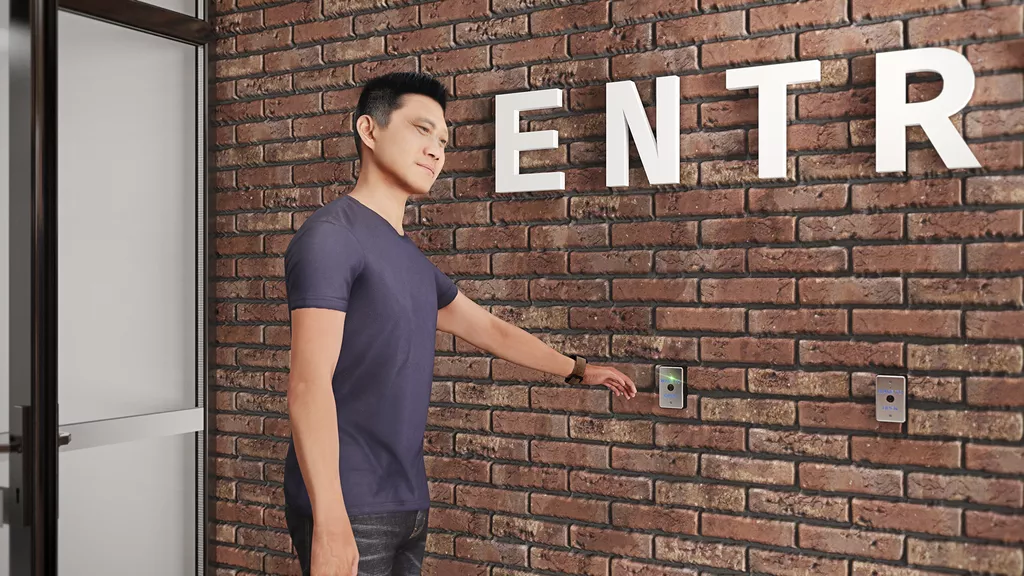
Knowing Act Devices
Knowing Act refers to the activation of an automatic door by means of pressing a switch with the intent of opening the door. These devices are common in offices, healthcare facilities and other public buildings. Knowing Act solutions are required in many pedestrian door applications as a primary or secondary means of activation. From wireless transmission to traditional push plates and touchless actuators, BEA offers a diverse portfolio of Knowing Act devices that improve the accessibility in, out and through a building.
Learn more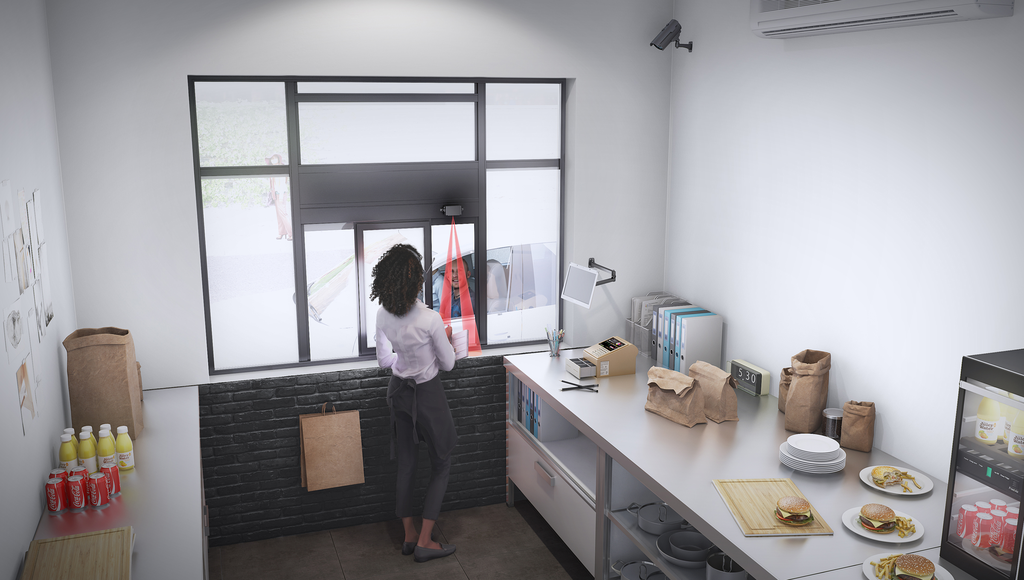
Automated Windows
Automated Windows are designed to open and close via “knowing act” motion. Drive-thru windows are commonly activated via an infrared-based sensor that detects movement and opens a window when a hand attempts to pass an object through the detection field; such as in a fast-food restaurant or pharmacy. BEA sensors can be used to both automate and safeguard automatic windows. When the window is in motion, sensors ensure the area is clear, protecting both the window and any object in its path.
Learn moreSecurity & Access Control
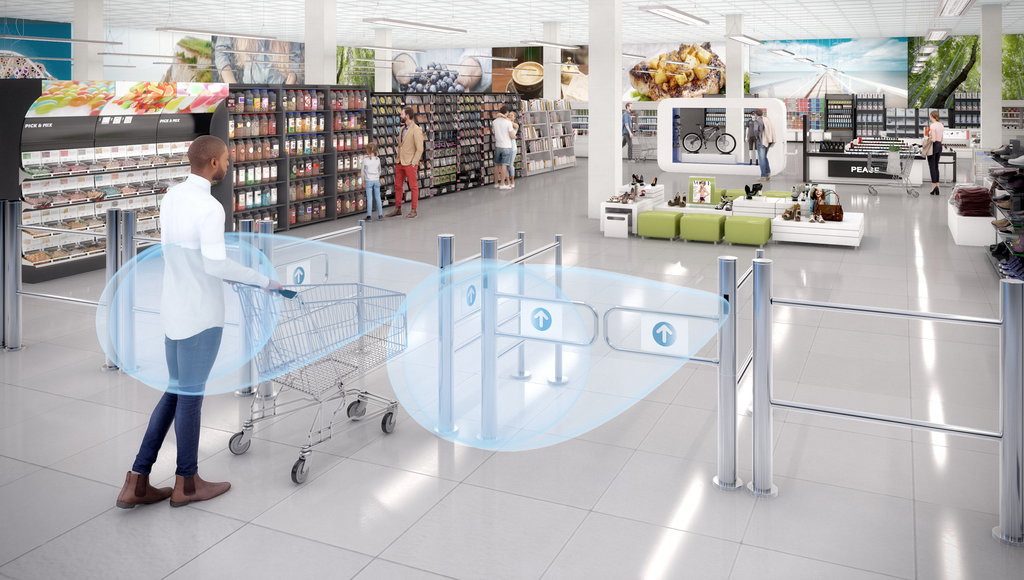
Speed Lanes & Turnstiles
Speed Lanes and Turnstiles manage the flow of pedestrian traffic through secure areas and are commonly found in building lobbies, airports and other facilities that need to control traffic flow and direction. Sensors are used to automate these systems by detecting the direction of traffic flow and triggering an alarm if a person moves in the incorrect direction. Integrating sensors into turnstile applications enables traffic to move freely, only signaling alarms if necessary.
Learn more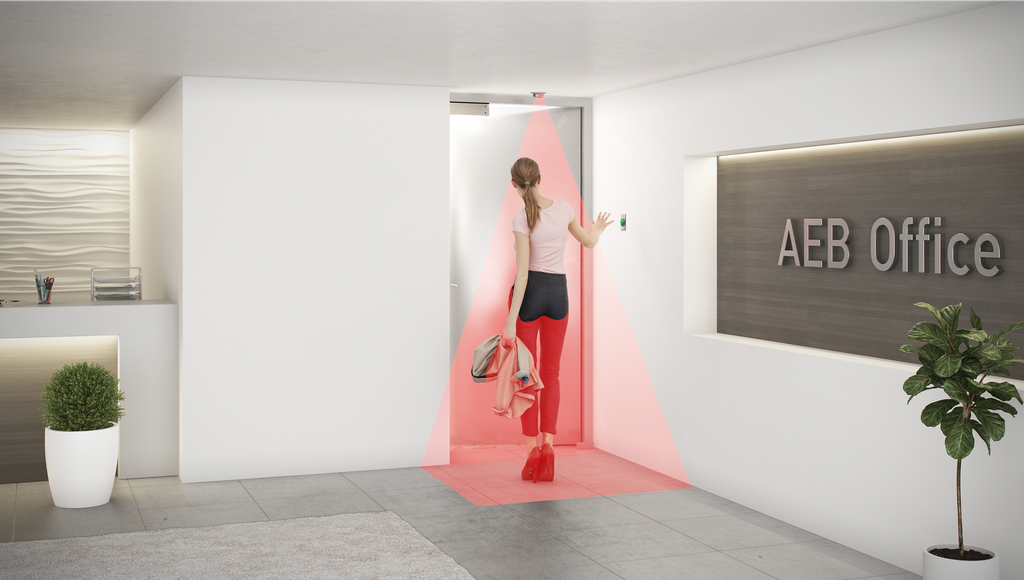
Request-To-Exit
Request-to-Exit solutions can be used to manage accessibility within secure areas. BEA has a complete line of request-to-exit (REX) products including sensors, locking devices, push buttons and keypads. Building codes often require two forms of exit devices on a door, such as a motion sensor and a push button, to ensure that occupants are safely able to exit a building. Our sensors help meet these codes.
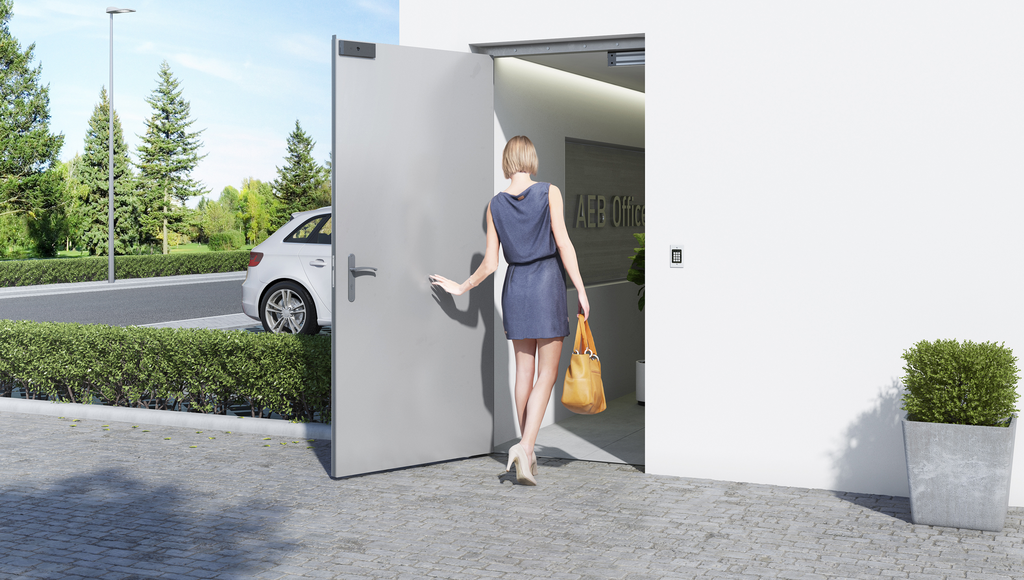
Access Control
Access Control applications present unique challenges that often require sensor-based solutions to effectively manage pedestrian traffic. BEA’s access control line includes a variety of products that can be combined to create all-in-one packages designed to enhance employee safety and security. These packages can be used within office-type applications to control access and secure doors. Sensors, keypads, electric strikes, push buttons, maglocks, and power supplies can all be found in BEA’s access control portfolio.
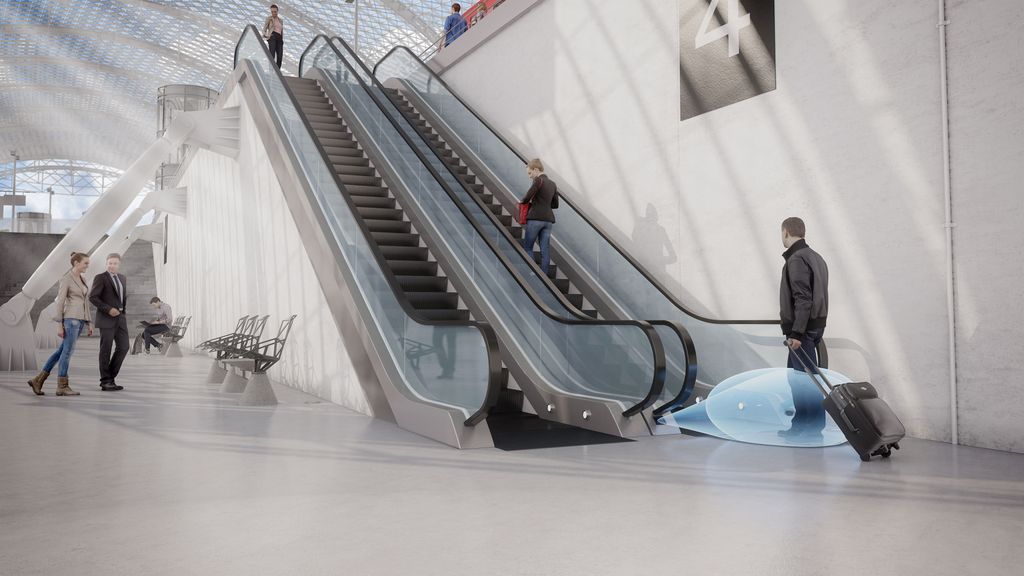
Escalators
Escalators or ‘people movers’ can be found in a wide variety of public buildings, such as airports, train stations, hospitals, and shopping centers. They facilitate the flow of pedestrians throughout a building by directing traffic and expediting travel. Sensors are commonly used to activate escalator movement when pedestrians are boarding, conserving energy by not running the equipment when not in use.
Learn moreSee all our segments
-
-
Doors & Windows
-
Security & Access Control
-
-
-
Doors
-
Gates & Barriers
-
-
-
Autonomous Robots
-
Traffic & Transport Solutions
-
Asset Protection
-